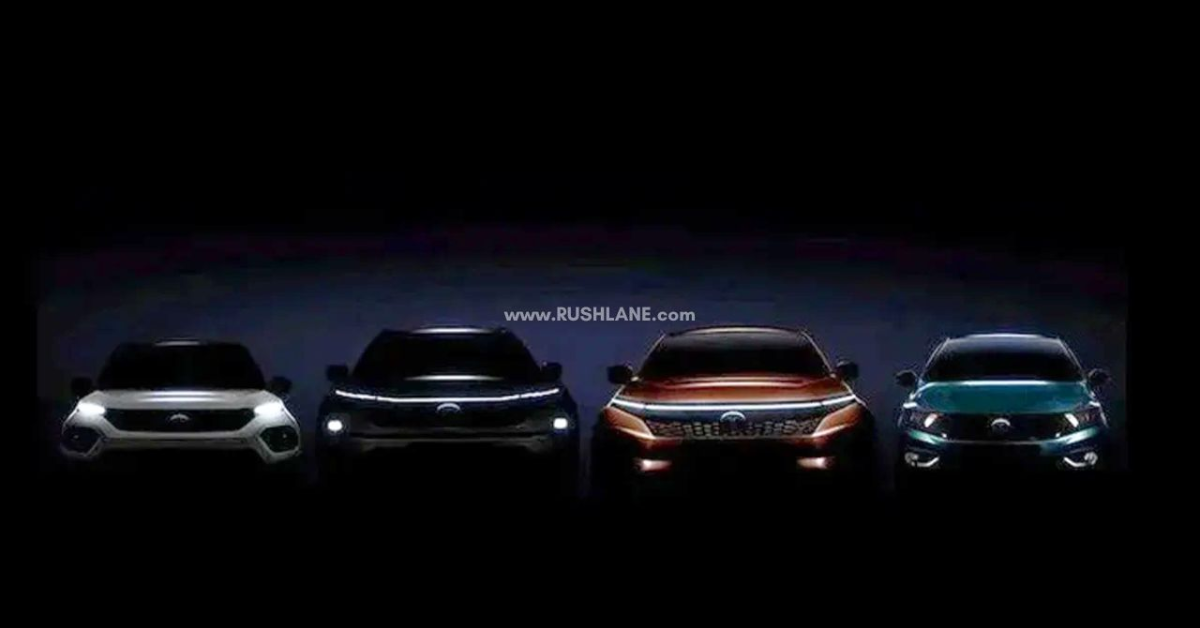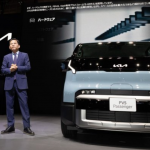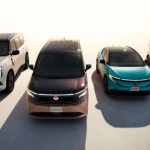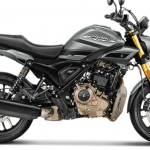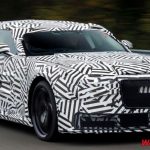After a long gap of six years, Tata Motors is gearing up to make a strong comeback in the South African passenger vehicle (PV) market. This strategic move marks a significant step in Tata’s global expansion plans and highlights the company’s renewed focus on international markets. With new models, modern technology, and an aggressive pricing strategy, Tata Motors aims to tap into South Africa’s growing demand for reliable and affordable vehicles.
Tata Motors’ History in South Africa
Tata Motors has been present in the South African market for many years, but its main focus was historically on commercial vehicles. Passenger vehicles were part of its portfolio earlier, but due to market challenges, changing consumer preferences, and a lack of updated models, Tata decided to exit the PV segment in South Africa around 2019.
During its previous stint, Tata offered models such as the Bolt, Zest, and older-generation SUVs, which, while affordable, lacked the modern appeal of their competitors. The gap allowed other brands to strengthen their position, making the PV segment highly competitive.
Why Tata is Returning Now
Several factors make 2025 an ideal time for Tata Motors to return to the South African PV market:
- New-Generation Vehicles – Tata now has a strong lineup of modern vehicles such as the Nexon, Harrier, Safari, and Punch. These models offer premium design, advanced safety features, and high-quality interiors, making them competitive globally.
- Electric Vehicle Expansion – The company has invested heavily in EVs like the Nexon EV and Tiago EV, which can appeal to South Africa’s emerging electric mobility market.
- Global Recognition – Tata Motors has improved its global brand image significantly, winning awards for design, safety (thanks to Global NCAP ratings), and innovation.
- Favorable Trade Relations – India and South Africa maintain strong trade ties, and the automotive industry is one of the beneficiaries of these relations.
Expected Models for the South African Market
While Tata has not officially revealed the exact lineup, industry insiders suggest that the following models are likely to be part of its relaunch:
- Tata Nexon (ICE and EV) – The company’s best-selling compact SUV, known for its sharp design, excellent safety, and fuel efficiency.
- Tata Punch – A micro-SUV designed for urban buyers, offering a balance of affordability and features.
- Tata Harrier and Safari – Premium SUVs that can cater to South Africa’s demand for rugged yet modern vehicles.
- Tata Tiago and Tigor (ICE and EV) – Entry-level hatchbacks and sedans to target budget-conscious buyers.
Market Strategy
Tata Motors’ comeback plan will likely include:
- Competitive Pricing – Offering better value compared to Japanese, Korean, and Chinese brands that dominate South Africa’s budget and mid-range PV segments.
- Strong After-Sales Network – Partnering with existing dealerships and service centers to ensure reliability and easy maintenance.
- Safety-Focused Marketing – Highlighting the brand’s Global NCAP safety ratings to attract safety-conscious buyers.
- EV Promotion – Leveraging its leadership in India’s EV market to position itself as an early mover in South Africa’s electric vehicle segment.
Challenges Tata Will Face
While the return is exciting, Tata Motors will need to overcome several challenges:
- Intense Competition – Brands like Toyota, Volkswagen, Suzuki, and Hyundai already have a stronghold.
- Consumer Perception – Some South African consumers may still remember Tata’s older, less refined models. Rebuilding trust will be essential.
- Economic Conditions – The South African economy has faced challenges in recent years, and consumer spending on new cars may be cautious.
- Infrastructure for EVs – While EV adoption is growing, charging infrastructure is still limited in many parts of the country.
Opportunities in the South African Market
Despite the challenges, the PV market in South Africa presents numerous opportunities:
- SUV Popularity – Compact and mid-size SUVs are in high demand, an area where Tata excels.
- Affordable EVs – Few automakers currently offer budget-friendly electric vehicles in South Africa, giving Tata a first-mover advantage.
- Government Incentives – Potential tax benefits and EV adoption policies could help Tata’s EV lineup succeed.
- Growing Middle Class – A larger middle-class population is seeking stylish, safe, and affordable cars.
Tata’s Global Expansion Roadmap
The move into South Africa is part of Tata’s larger strategy to expand its global footprint. The company is already performing well in markets like Nepal, Bangladesh, and several Latin American countries. By re-entering South Africa, Tata not only strengthens its presence in Africa but also opens doors to neighboring markets such as Namibia, Botswana, and Zimbabwe.
Conclusion
Tata Motors’ return to the South African passenger vehicle market after six years is more than just a comeback—it’s a strategic re-entry armed with modern products, global recognition, and a renewed brand image. By offering a mix of petrol, diesel, and electric options, Tata has the potential to disrupt the market and give established players serious competition.
If Tata can maintain competitive pricing, ensure strong after-sales support, and market its safety credentials effectively, it could quickly regain the trust of South African buyers and establish itself as a strong contender in the PV space.

Hello, my name is Muskan Kumari and I am an experienced Digital Marketer. I have been blogging for the last 3 years and I have special interest in SEO. Here I give you easy bikes and writes easy-to-understand reviews and news about the latest bikes, helping readers choose the best options.. My aim is to always provide you with accurate, new and useful information.
